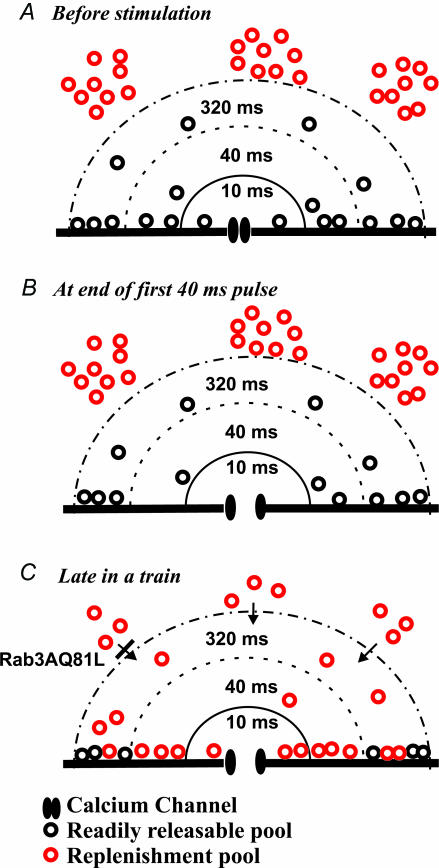Figure 10. A model depicting how two vesicle pools may contribute to vesicle fusion during repetitive stimulation of bovine chromaffin cells.
A, in the absence of stimulation, vesicles in the readily releasable pool (black) are distributed near the membrane, close to a calcium channel. Vesicles in the replenishment pool (red) are shown farther away, although their exact distribution has not been established. B, the first 40 ms pulse of a train depletes readily releasable vesicles from an area that experienced the increase in calcium concentration, which also includes the area that would be depleted by a 10 ms depolarization, rendered here as concentric half-circles around the calcium channel. Vesicles that are not touching the membrane are not released, but may approach the membrane, dock, and be released by subsequent stimuli. C, repetitive stimulation will cause build-up of calcium and diffusion toward the centre of the cell, where it can promote the mobilization of vesicles from the replenishment pool. After mobilization, the number of docked vesicles is larger than prior to stimulation, a possible explanation for increased efficacy (fF pC−1). Inhibition of the recruitment or fusion of vesicles from the replenishment pool would explain the effects of Rab3AQ81L during repetitive stimulation.

